Say Goodbye to Moss Forever with These 7 Secret Lawn Hacks
Moss can be a charming addition to certain landscapes, but when it invades your lawn, it can quickly become a nuisance. Moss thrives in shady, damp environments and often indicates underlying problems with your lawn's health. Fortunately, getting rid of moss isn't as daunting as it might seem. With the right approach, you can restore your lawn to its former glory. Here are some easy and effective ways to tackle moss and ensure a lush, green lawn.
Improve Sunlight Exposure
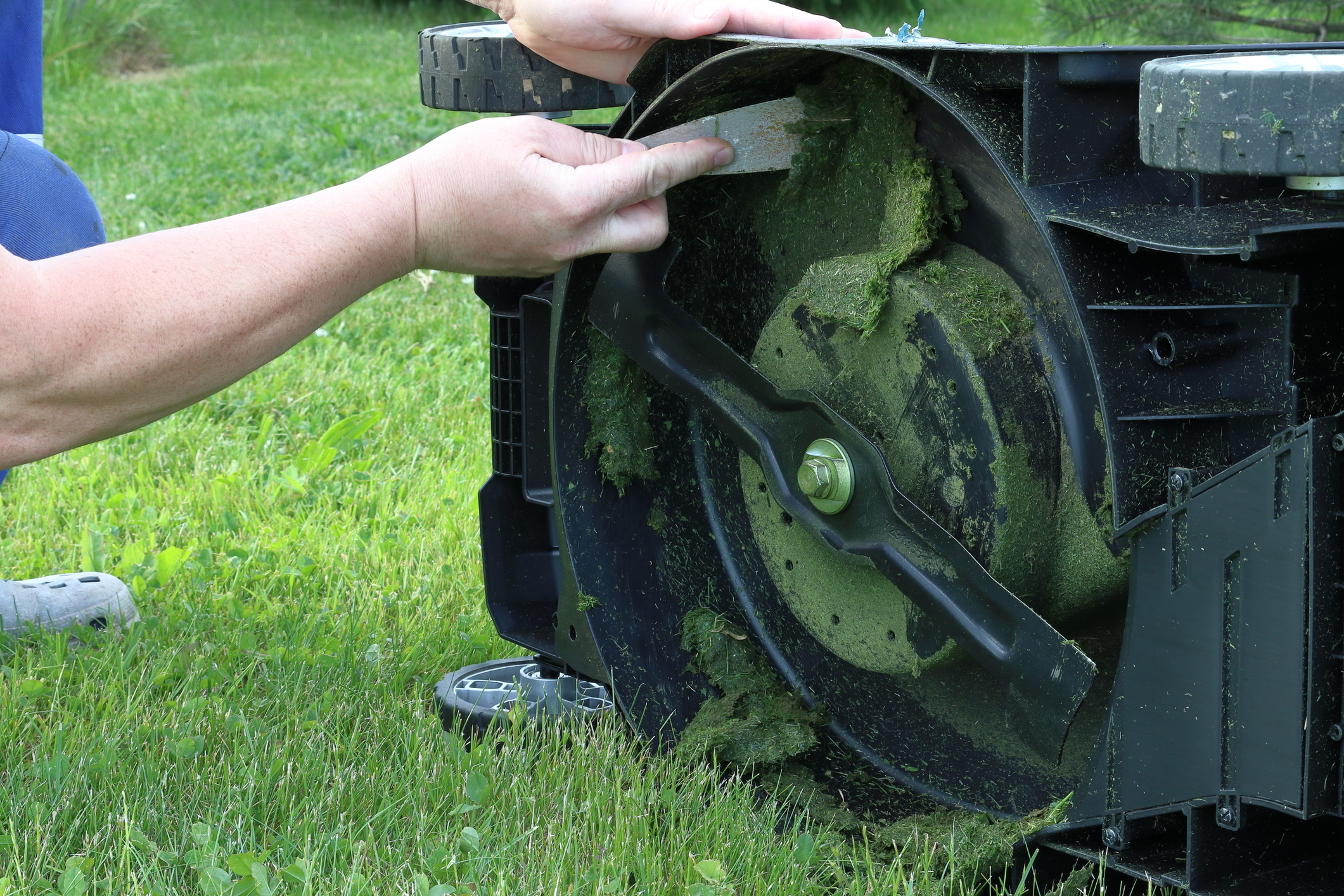
Moss loves shade, so increasing sunlight exposure is a natural first step in moss control. Prune overhanging trees and shrubs to allow more sunlight to reach your lawn. Aim for at least four to six hours of direct sunlight daily. This not only discourages moss growth but also promotes healthy grass growth. If sunlight isn't an option, consider using lawn care products designed for shady areas.
Enhance Soil Drainage
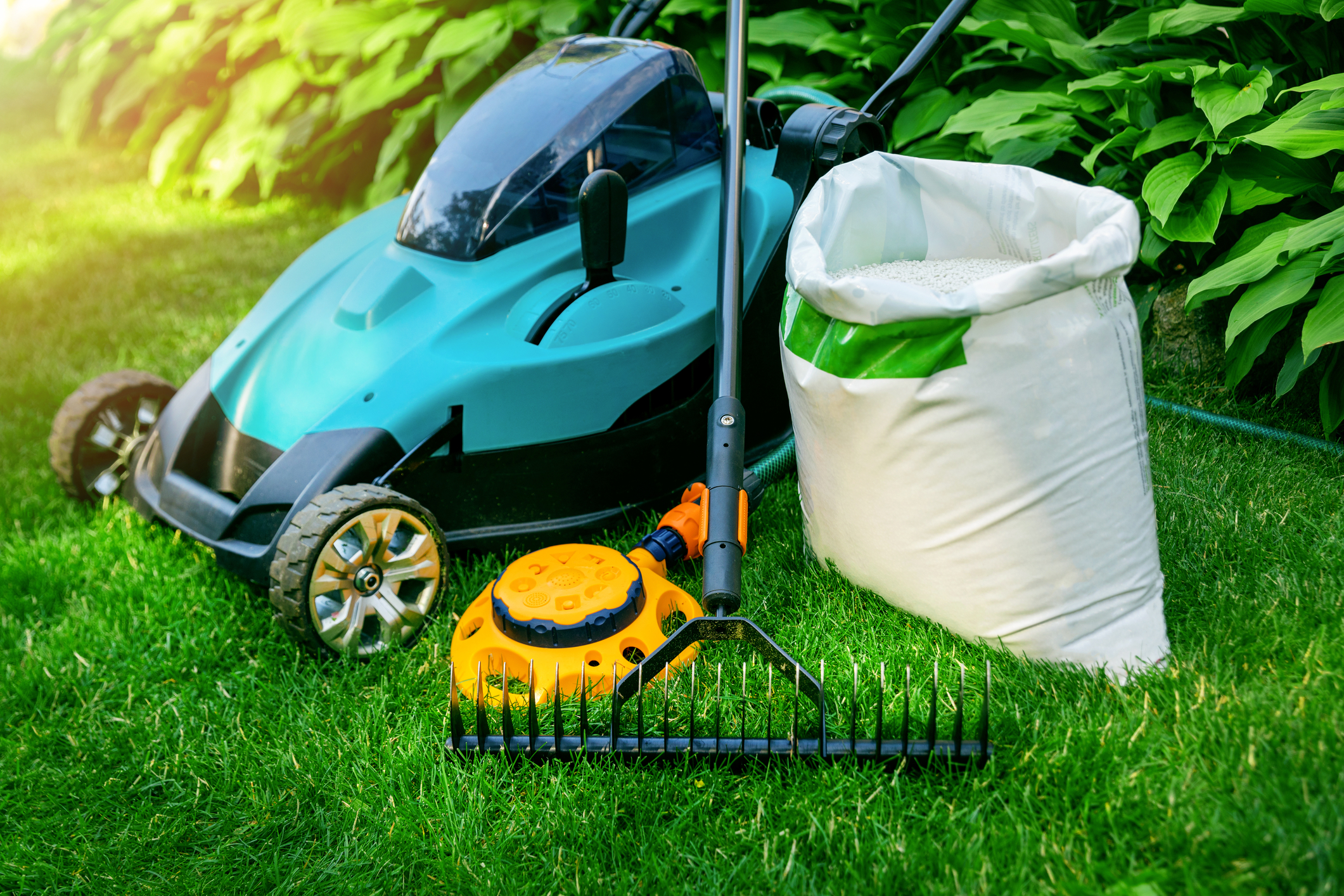
Poor soil drainage creates the perfect environment for moss. To improve drainage, start by aerating your lawn. Lawn aeration involves perforating the soil with holes to allow air, water, and nutrients to penetrate deep into the roots. This process can be done using a manual or power aerator. Additionally, ensure that downspouts are directed away from the lawn and avoid over-watering. If your soil is heavy clay, consider incorporating sand or organic matter to improve its structure.
Adjust Soil pH Levels
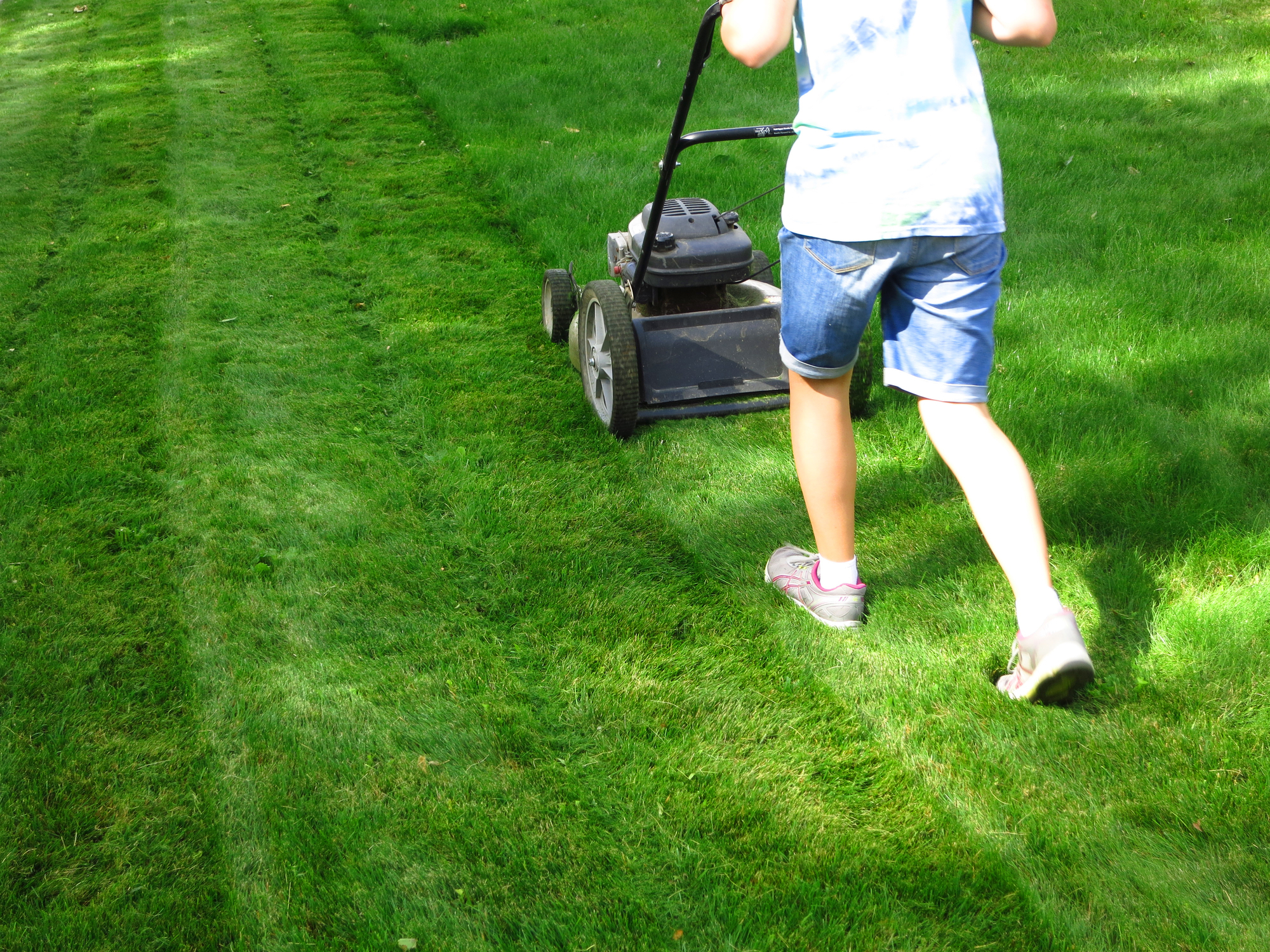
Moss often thrives in acidic soil. Testing your soil’s pH can help you determine if it’s too acidic. You can buy a simple soil test kit at a garden center or send a sample to a local extension service for a more detailed analysis. If your soil is too acidic, you can raise the pH by applying lime. Follow the instructions on the lime package for the correct amount and application method. Typically, you’ll need to apply lime once or twice a year.
Regular Lawn Maintenance
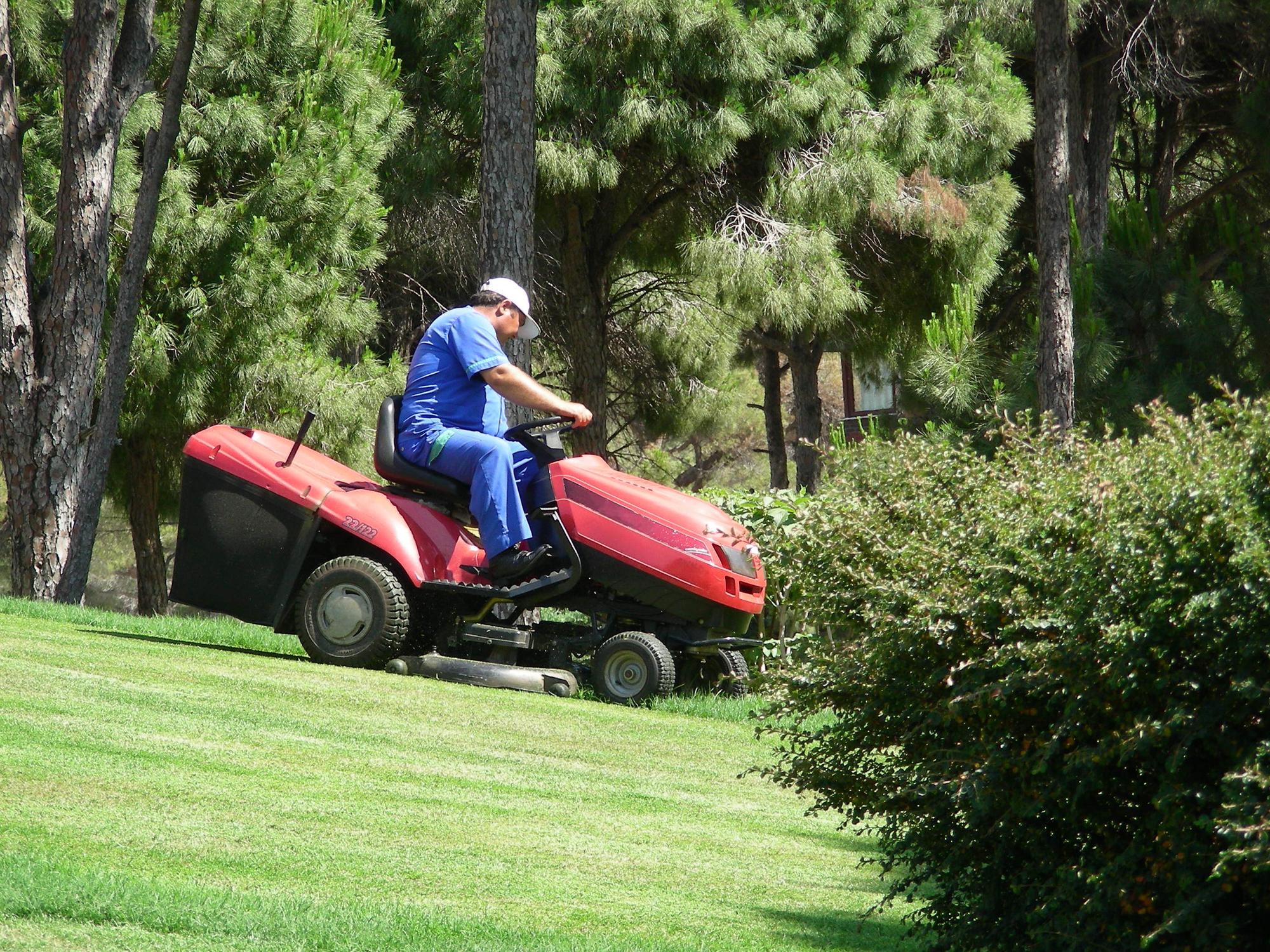
Maintaining a healthy lawn is key to preventing moss. Regular mowing, fertilizing, and weeding help keep grass robust and competitive against moss. Mow your lawn at the proper height for your grass type, usually about 2.5 to 3 inches. Fertilize your lawn with a balanced, slow-release fertilizer to provide essential nutrients. Be sure to remove weeds and other debris that can contribute to a moss-friendly environment.
Use Moss Killers
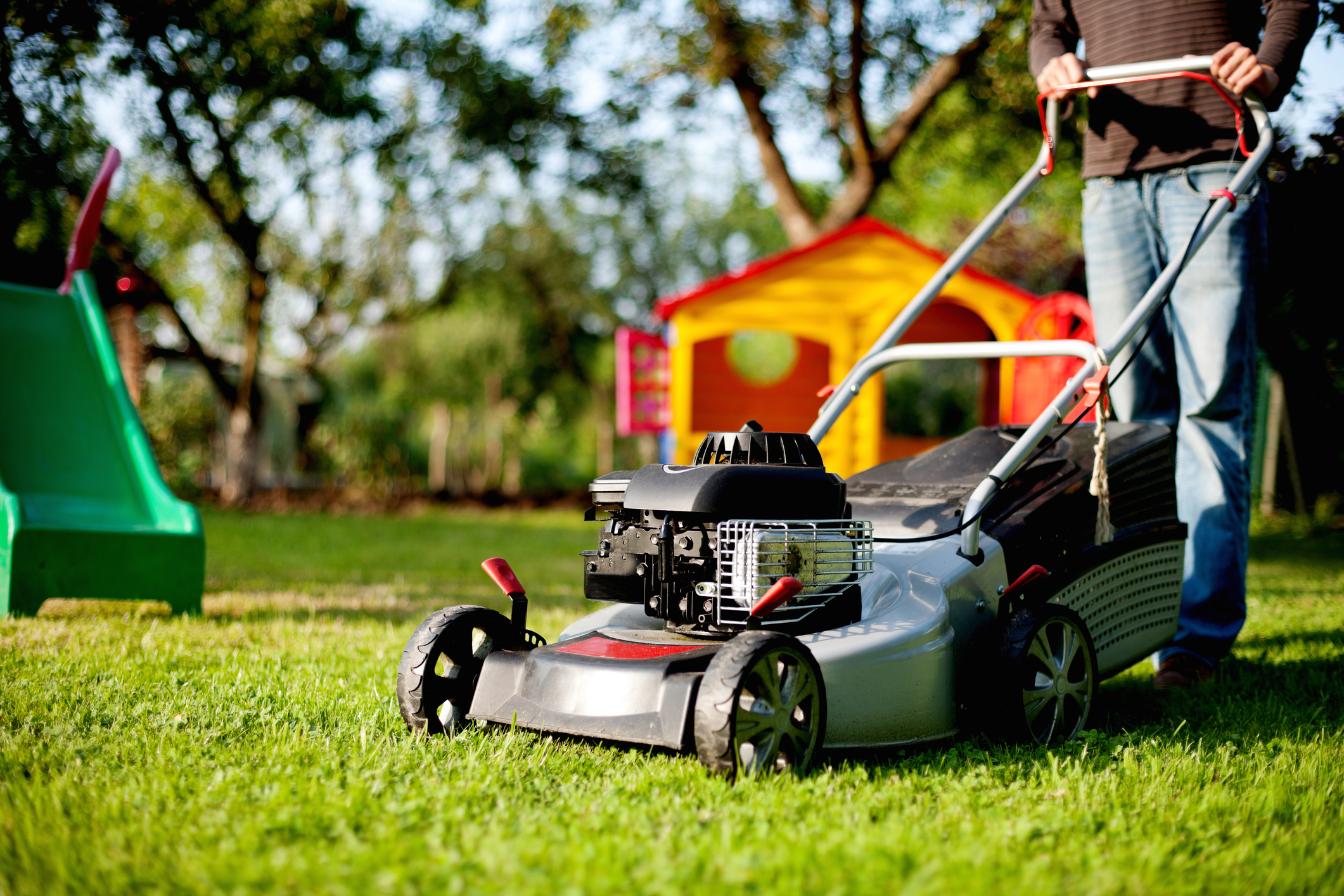
If moss has already established itself, you might need to use a moss killer. Many moss control products are available, including those containing ferrous sulfate or potassium salts of fatty acids. Follow the manufacturer's instructions carefully when applying these products. Be aware that while these products can effectively kill moss, they won’t address the underlying issues that allowed the moss to grow in the first place.
Rethink Your Lawn Area
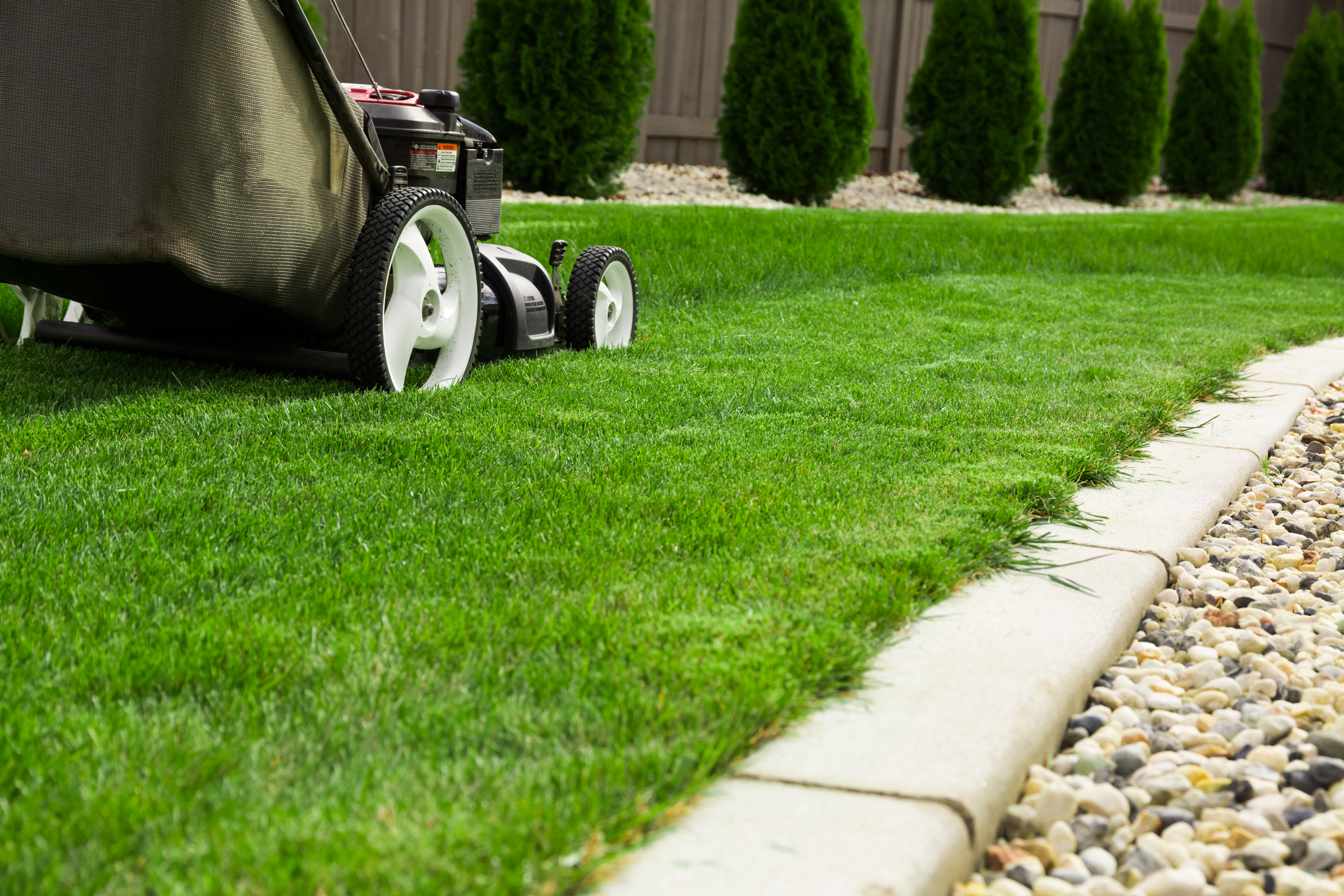
If you find it challenging to grow grass in certain areas of your lawn, consider alternatives to traditional grass. Shade-tolerant ground covers like creeping thyme or clover can be a better fit for difficult areas. These alternatives often require less maintenance and can provide a more attractive, low-maintenance solution than struggling with moss-prone grass.
Manual Removal
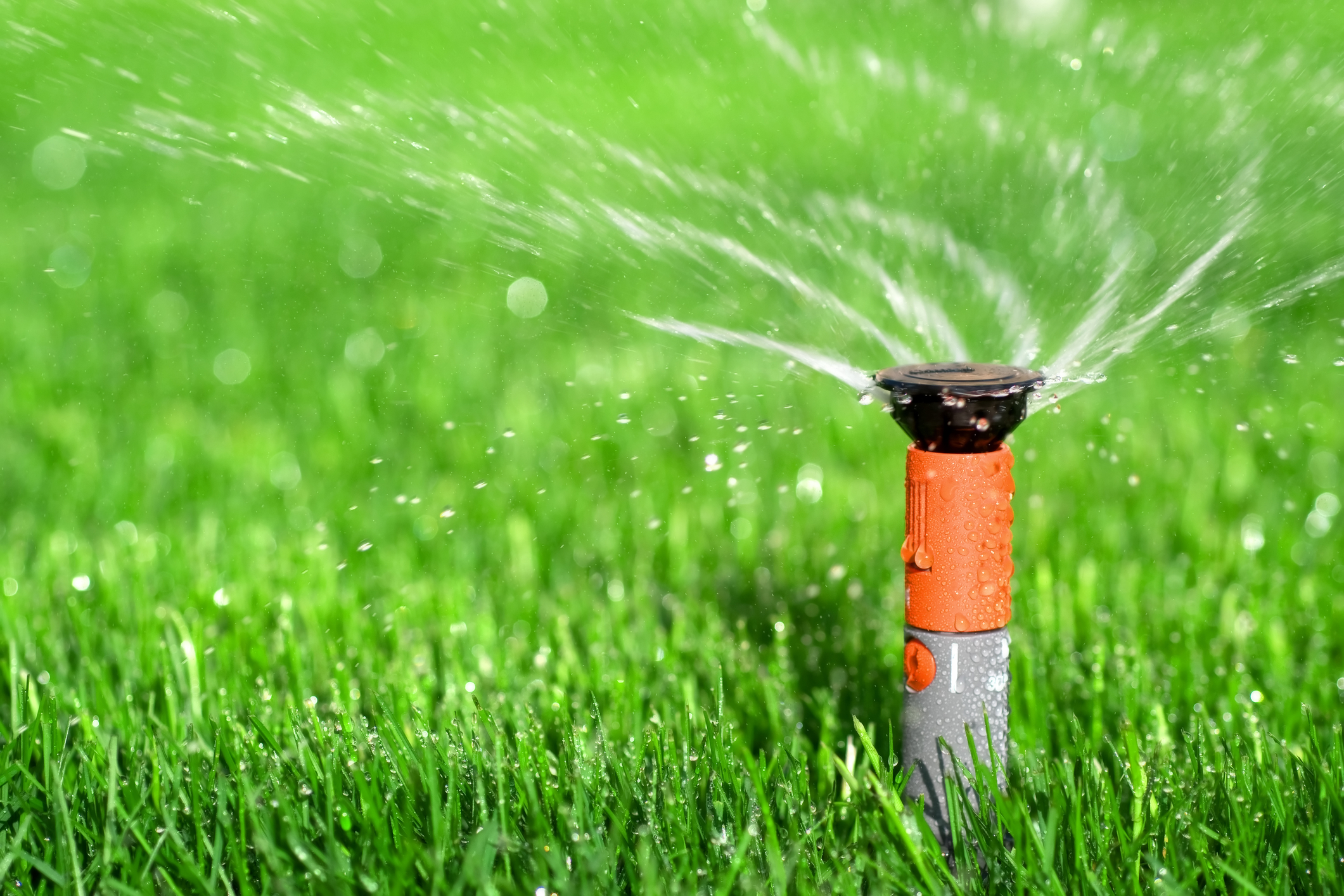
For smaller patches of moss, manual removal can be effective. Use a rake or a specialized moss removal tool to scrape the moss off the surface of your lawn. After removal, make sure to address the underlying conditions that allowed the moss to grow. If the moss is particularly stubborn, you might need to repeat this process a few times to fully eradicate it.
Reseed or Resod
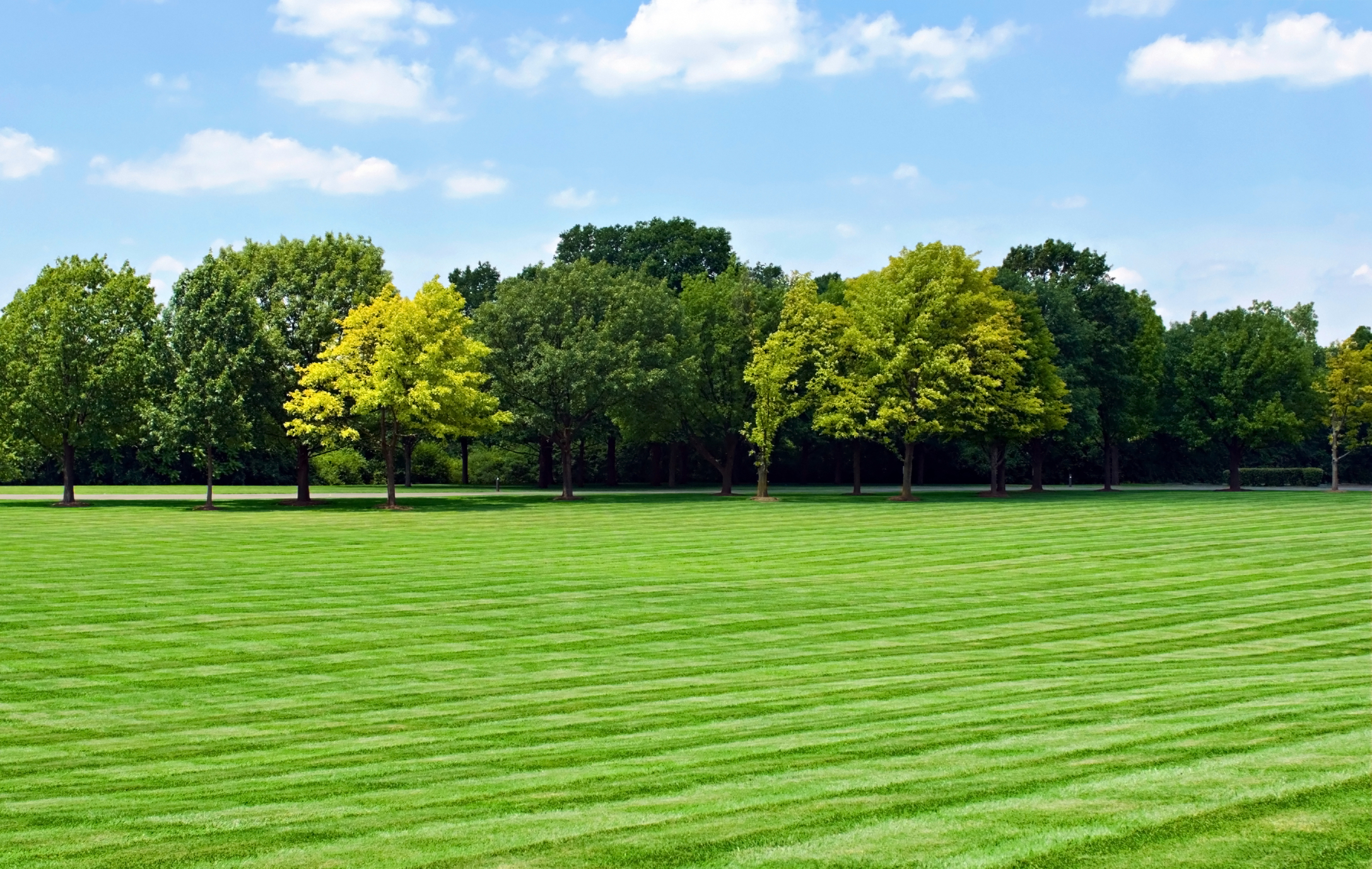
Once you’ve eliminated the moss, it’s important to reseed or resod the affected areas to prevent moss from reappearing. Choose grass varieties that are well-suited to your lawn’s conditions, whether they are shade-tolerant or more resistant to the local climate. Follow proper seeding or sodding practices, including soil preparation and watering, to ensure successful establishment of new grass.
What to Remember
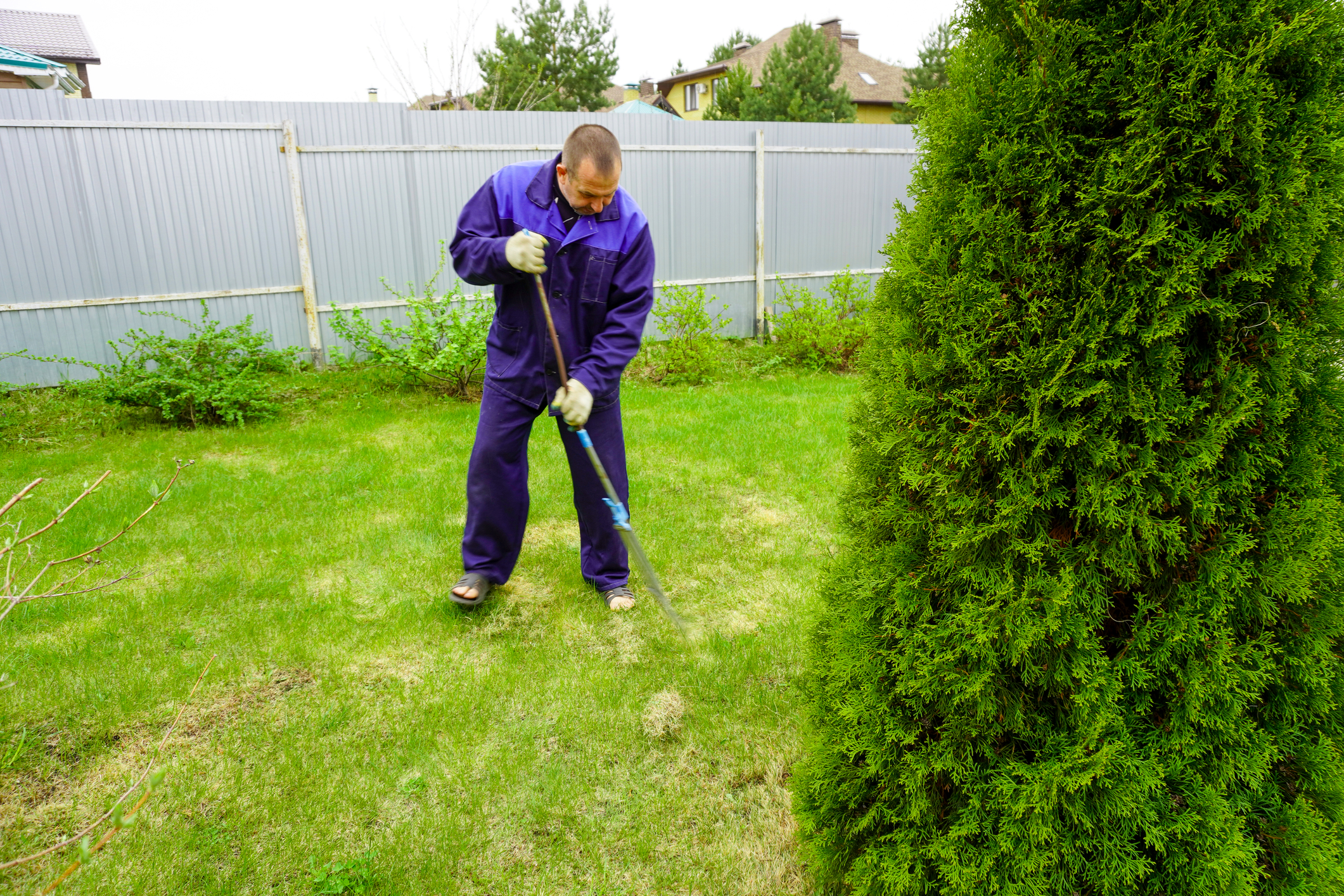
Getting rid of moss in your lawn doesn’t have to be a complex or time-consuming process. By improving sunlight exposure, enhancing soil drainage, adjusting soil pH, and maintaining regular lawn care, you can create an environment less hospitable to moss. For existing moss problems, consider using moss killers, manual removal, or alternative ground covers. With these easy and effective strategies, you'll be well on your way to a vibrant, moss-free lawn!